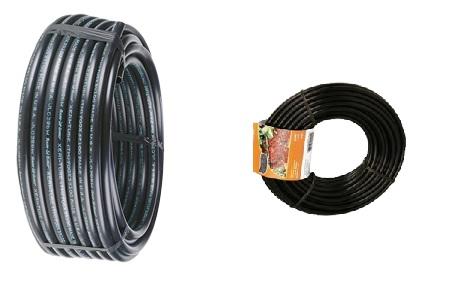
Throughout the years there have been many different improvements made in the irrigation industry. These improvements have made watering the yard’s grass and other plants much easier. In addition, there are other applications that sprinkler parts can be used for in the yard. One example is the application of providing water for the garden. If you have ever maintained a garden, you probably know that different types plants require different amounts of water. Not only do they require different amounts of water, but some require a constant flow of water for extended periods of time, in order for them to grow properly and produce the fruit or vegetable that has been planted.
To keep up the garden, not only does it need water but it also needs to be weeded. Depending on the size of the garden, it can take hours to remove all the weeds, so who wants to spend additional time watering everything? There is an easier way to get the needed water to the garden while controlling the flow of the water and the time the water is left running; it is through the use of drip line. Drip line is used for many other purposes, such as watering trees, bushes and other plants that may be used to landscape a yard. Since drip tube is flexible, it can be used more easily to weave through yards and planters. There are also many emitters that give off varying amounts of water, such as ½ gallon per hour or around 20 gallons per hour. This makes it easier to give the plants in the yard the different amounts of water they need without dragging a hose around to water them.
Drip tube comes in different sizes and sometimes may vary slightly from brand to brand. The tubing and the fittings themselves are fairly inexpensive compared to other alternatives to automatic watering. The systems can be hooked up to the sprinkler timer so that the garden will be watered only on the days that it needs to be and for the correct amount of time. Using the different types of emitters and smaller sizes of pipe, individual lines can run to specific plants so each plant is getting the water it needs to grow. Using drip line stakes can help hold these lines in place so that the weather (wind, rain, etc.) can’t move the lines away from the plants they are watering. Some tubing is also cut every 9 inches (or other varying lengths) so that water will drip out of the slits that have been made, watering the area where the pipe runs.
Drip tubing should not be confused with what is called funny pipe. An easy way to tell the difference between the two is by squeezing the end of the pipe. If the pipe comes together when you squeeze it, it is drip tube. If the pipe is rigid and doesn’t come together when you squeeze it, it is funny pipe-which is used for connecting sprinkler heads to PVC lines. Whether you are looking for small or large rolls of ½” tubing or for ¼” tubing, visit this site.

